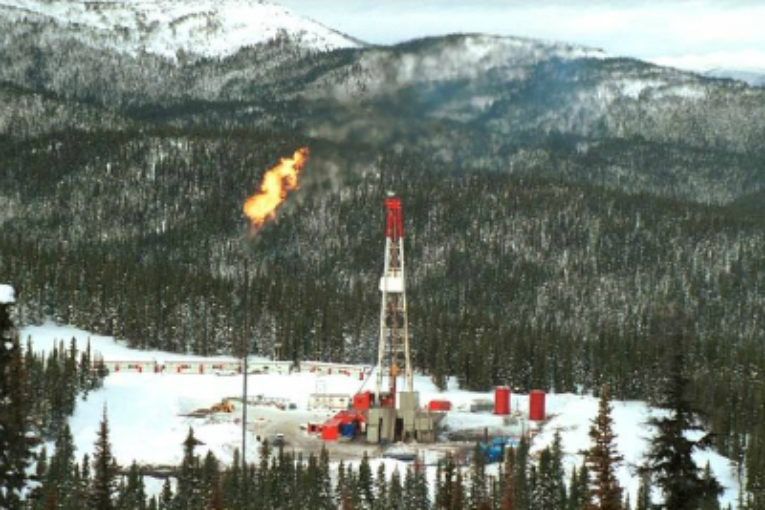
CALGARY — The cold snap that continues to blanket many parts of North America is driving short-term natural gas prices higher but they remain far below historic highs and the trend is unlikely to significantly affect either Canadian consumer bills or producer profits. Cold weather typically increases demand for the home heating fuel, which draws down storage levels and pushes prices higher. “Most of the companies purchasing gas … will manage their gas supply. They will purchase forward (contracts) and store gas,” said Gerry Goobie, a principal with Calgary-based consulting company Gas Processing Management Inc., on Tuesday. “The fact that prices go up, yes, that will ultimately get passed through to some consumers but it’s not like you’re going to see some monster spike.” In a report on Tuesday, GMP FirstEnergy commodity analyst Martin King said the cold has prompted a modest price increase for U.S. delivered gas but that is unlikely to last long enough to help western Canadian producers. “If the current cold event only lasts a few weeks, then natural gas prices are likely to come under negative pressures once again as there is more than enough gas on hand, along with growth in domestic supplies, to deal with just a few weeks of cold weather,” he wrote. He said the current North American gas surplus has limited the recent rally in price to about US$3 per million British thermal units, noting similar weather events in previous years would likely have pushed prices up over US$4 or US$5 per mmBTU. “With supplies still on the rise and looking for more, the market will pause for now near the US$3 per mmBTU range and could quickly lose altitude if weather forecasts begin to warm up,” he said. King said extreme cold weather in the last week of December in Western Canada froze gas well equipment on numerous wells, causing gas production outages of as much as two billion cubic feet per day. That resulted in some short-term spikes in spot prices for gas sold in the Alberta market. The U.S. Energy Information Administration reported Tuesday that average benchmark U.S. natural gas prices declined in 2017 due to warmer weather and higher-than-average inventory levels after ending 2016 at the highest point in two years. It noted that the U.S. began exporting more gas than it imported in 2017, reversing its nearly 60-year status as a net importer of natural gas, mainly from Canada. In a forecast also released Tuesday, Moody’s Investor Services predicted U.S. natural gas prices will remain in a band between US$2.50 and US$3.50 mmBTU in 2018 as the abundance of gas continues to limit increases. Last week, Barclays reduced its natural gas price forecast for both 2018 and 2019 to an average of about US$2.75 per mmBTU. Follow @HealingSlowly on Twitter. Dan Healing, The Canadian Press Share This:
You can read more of the news on source



